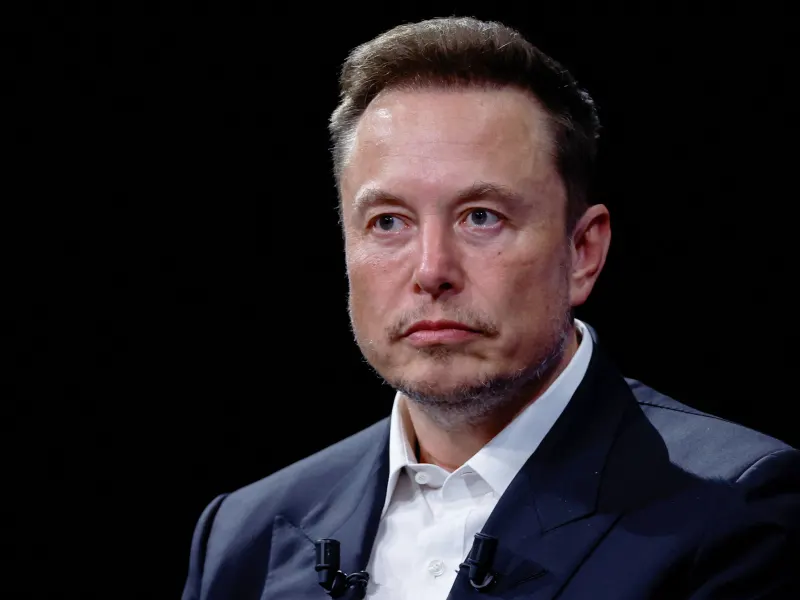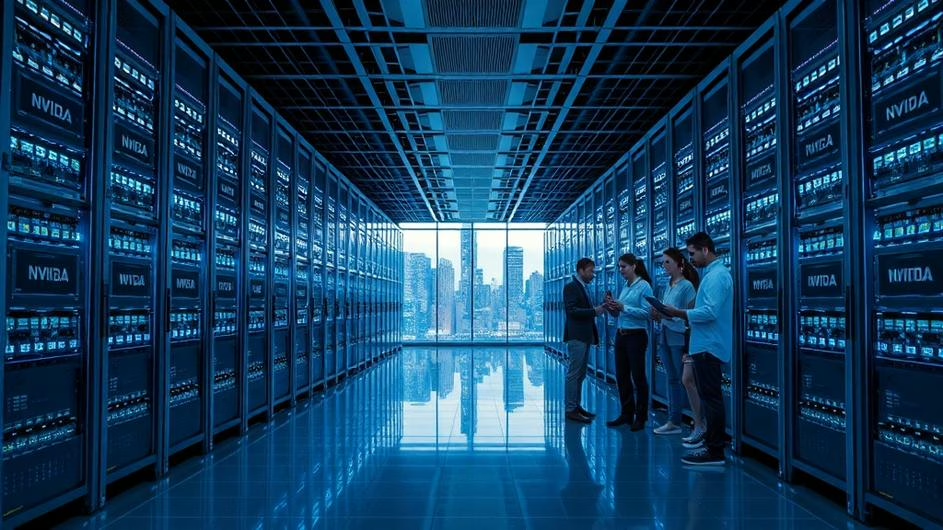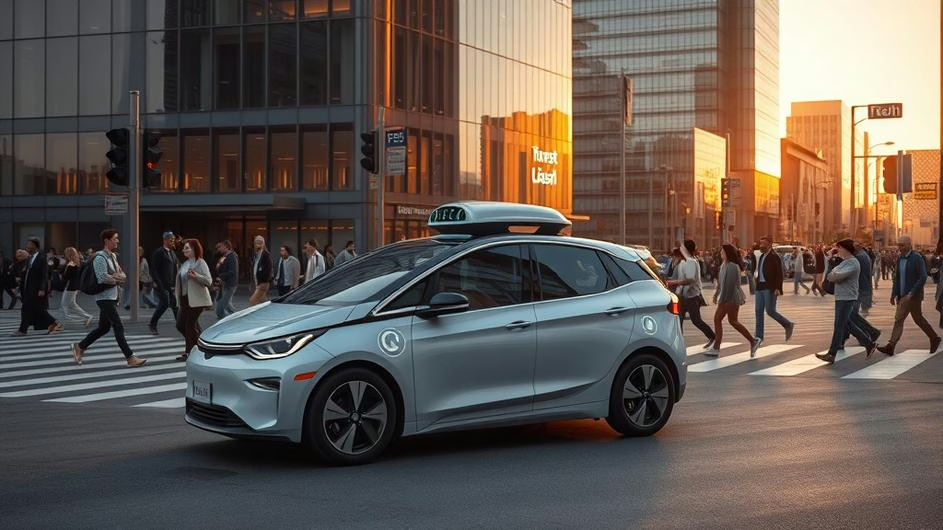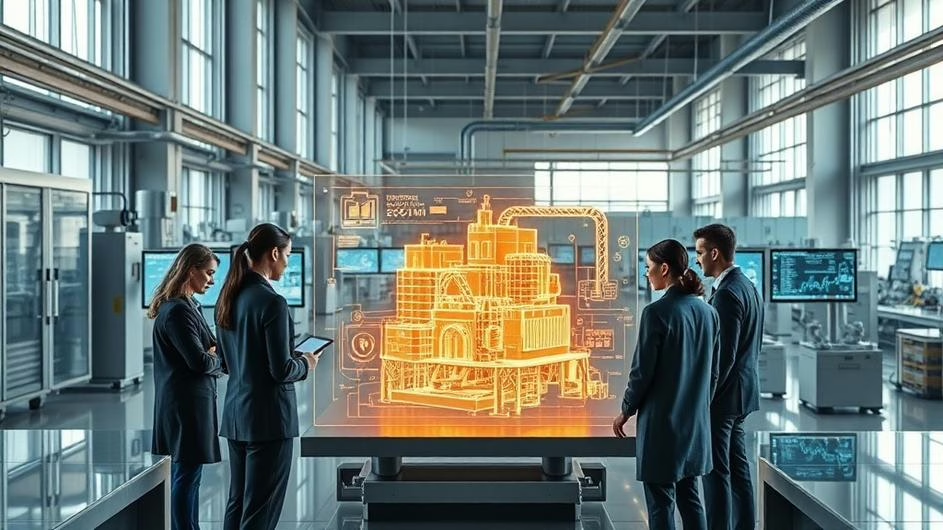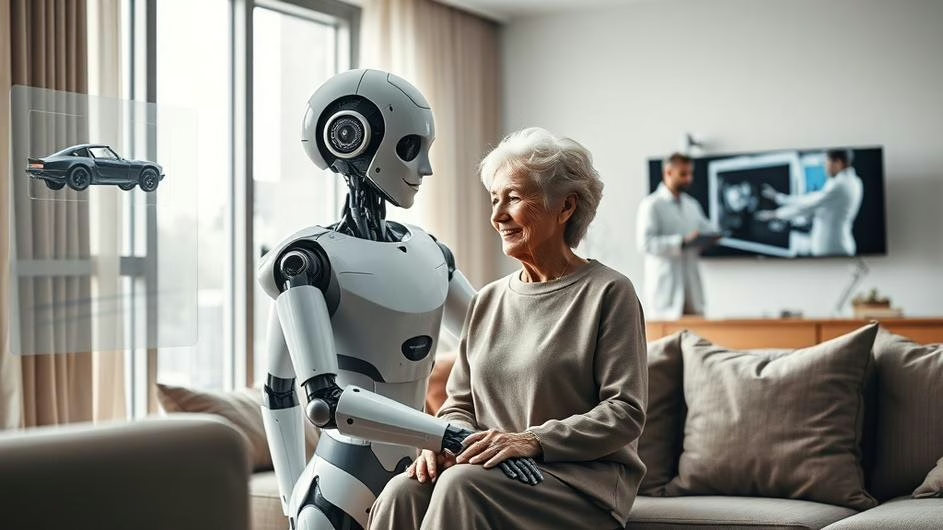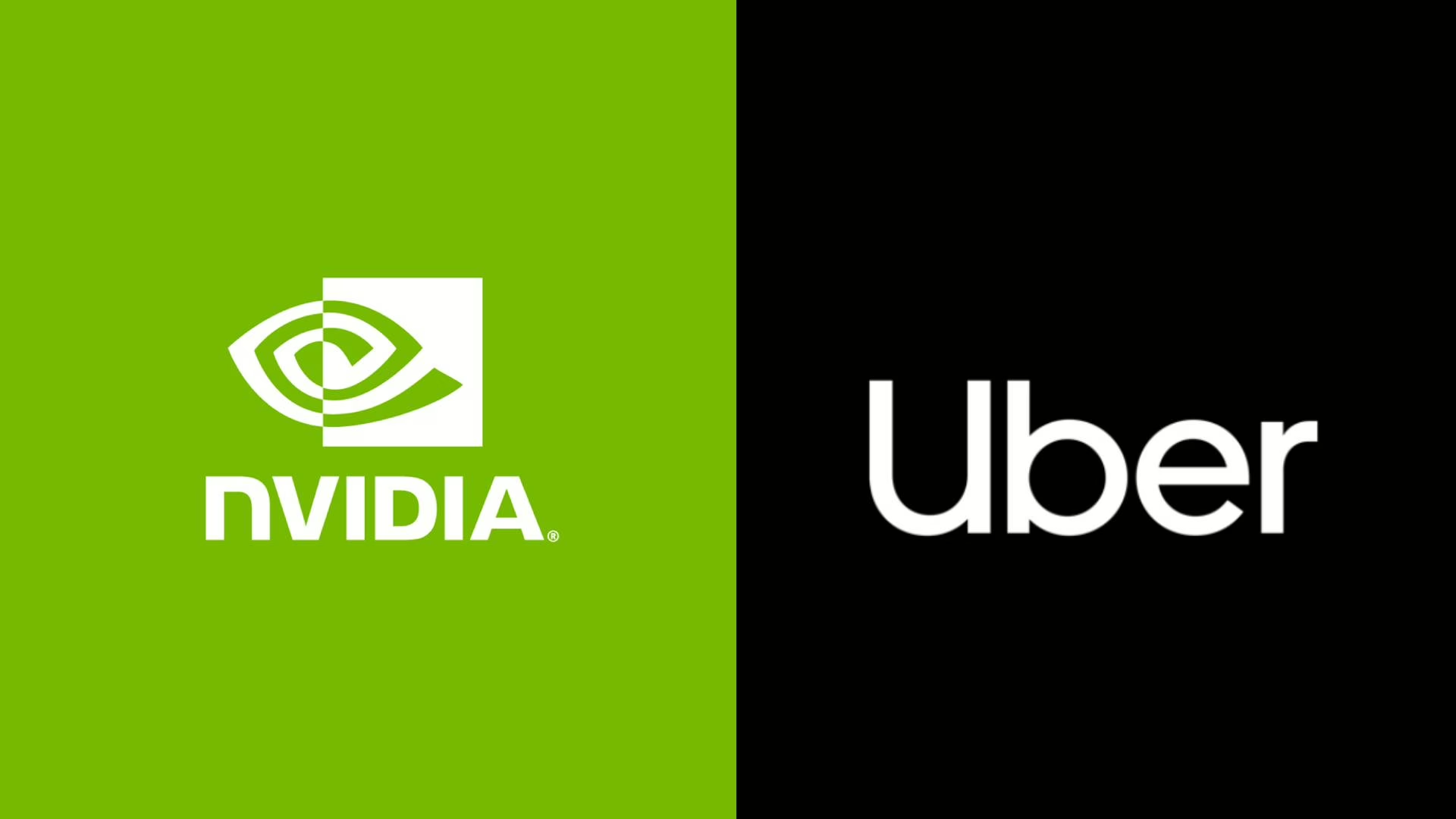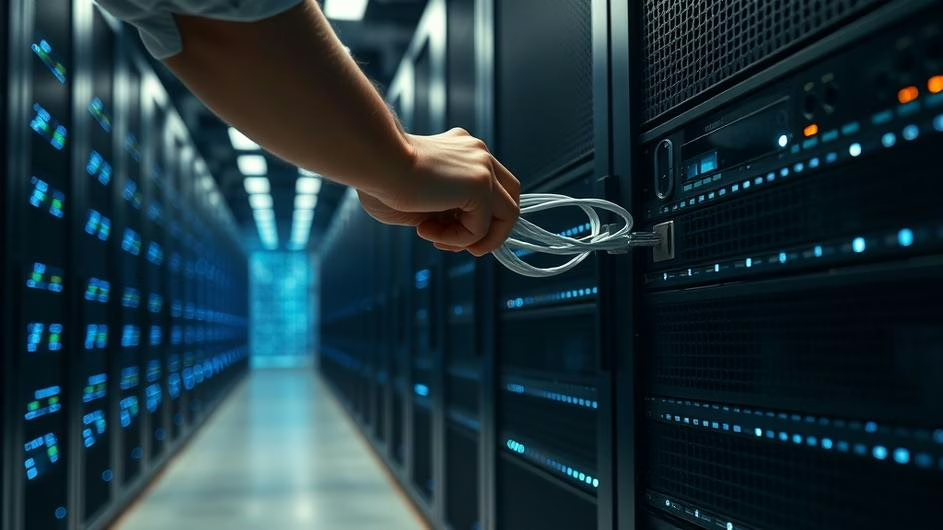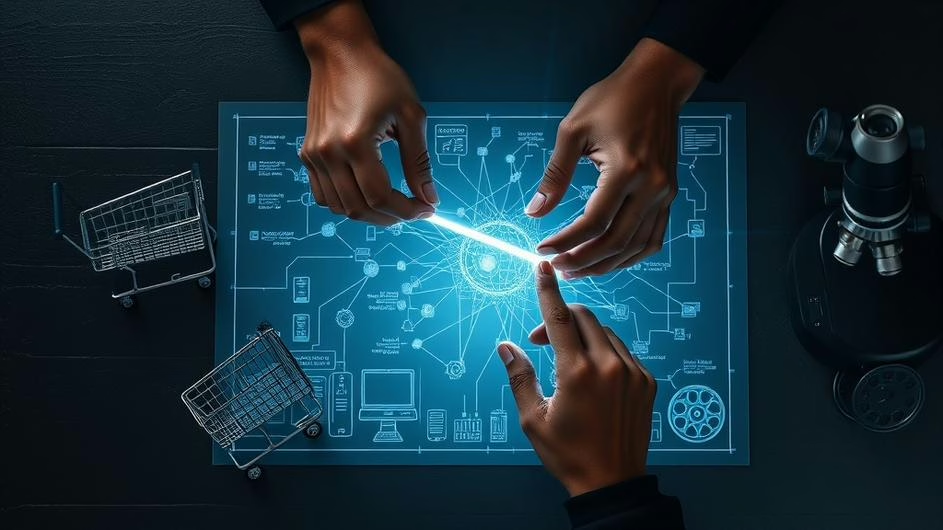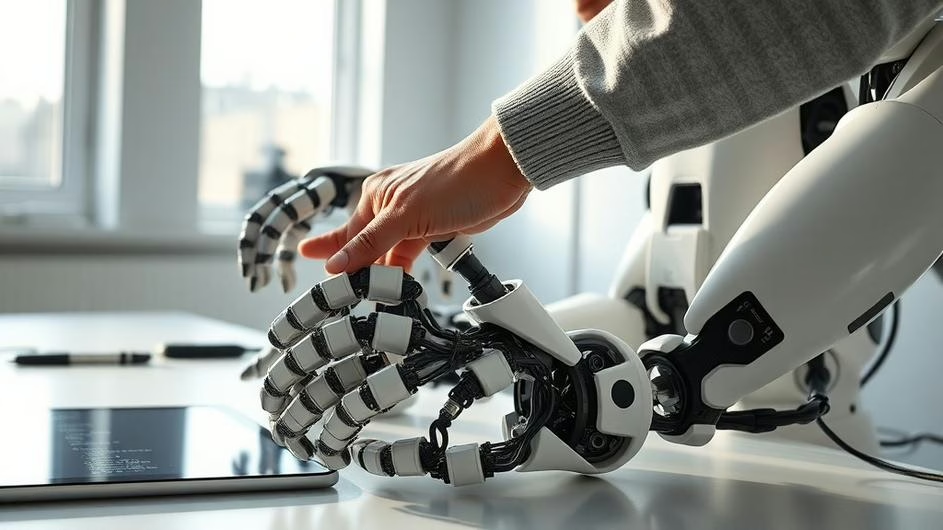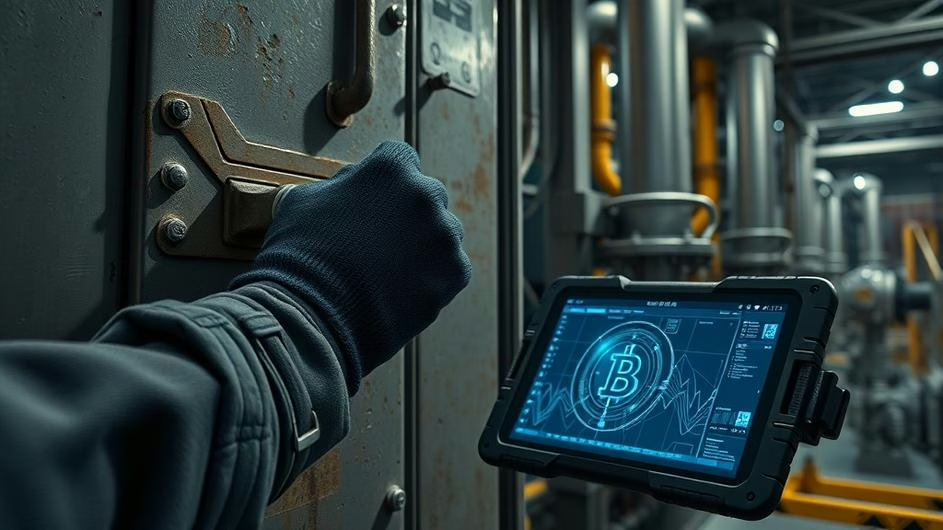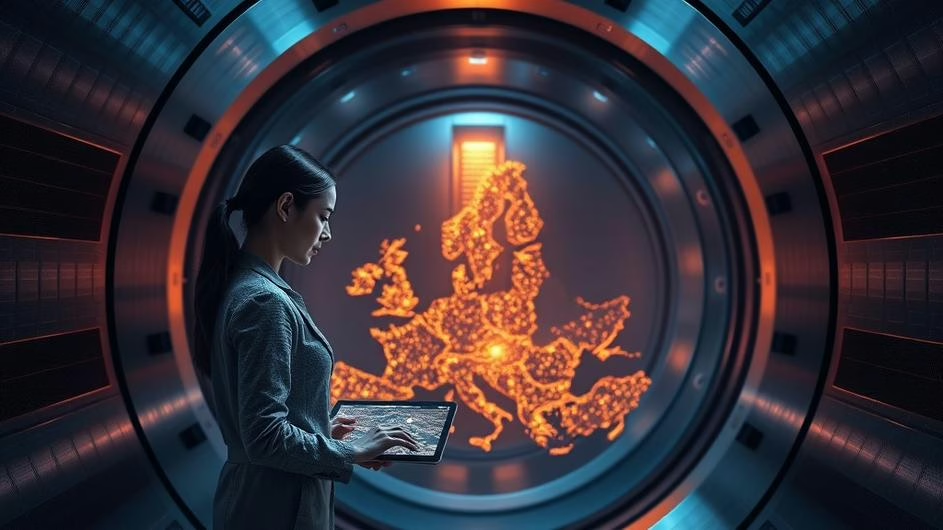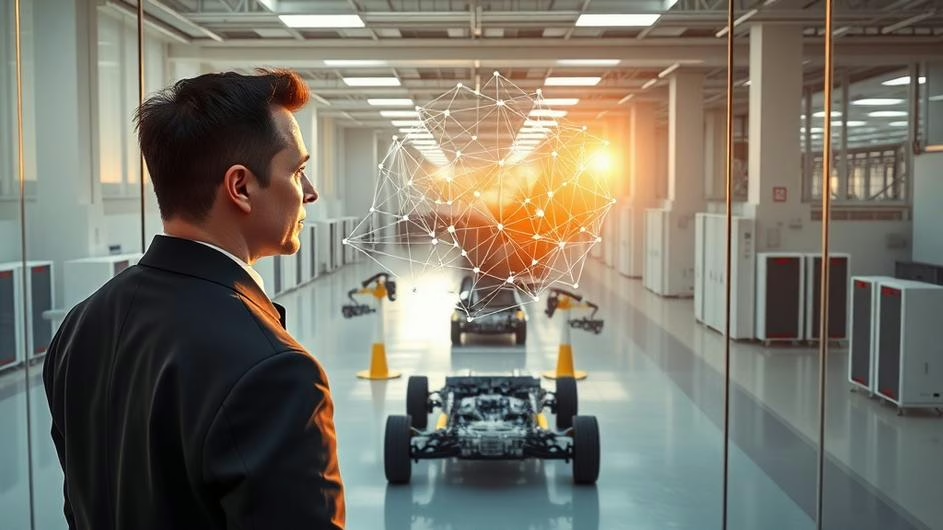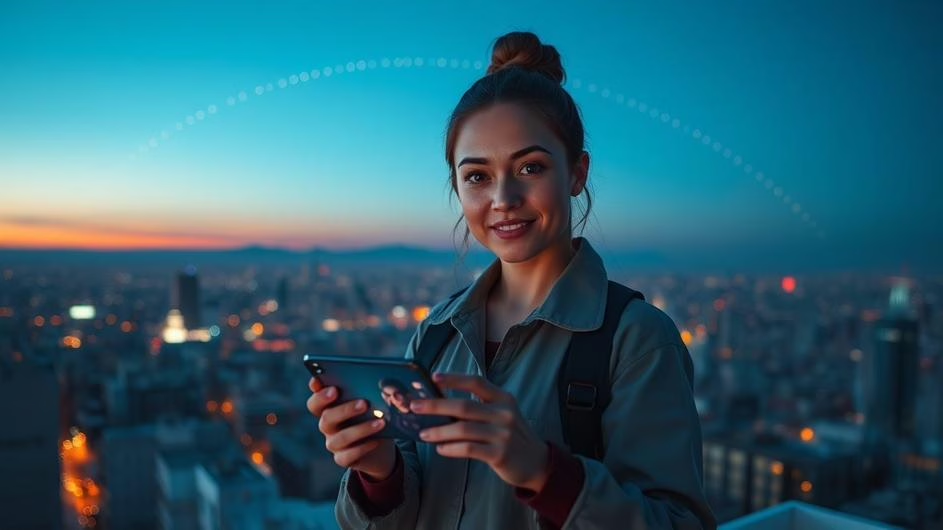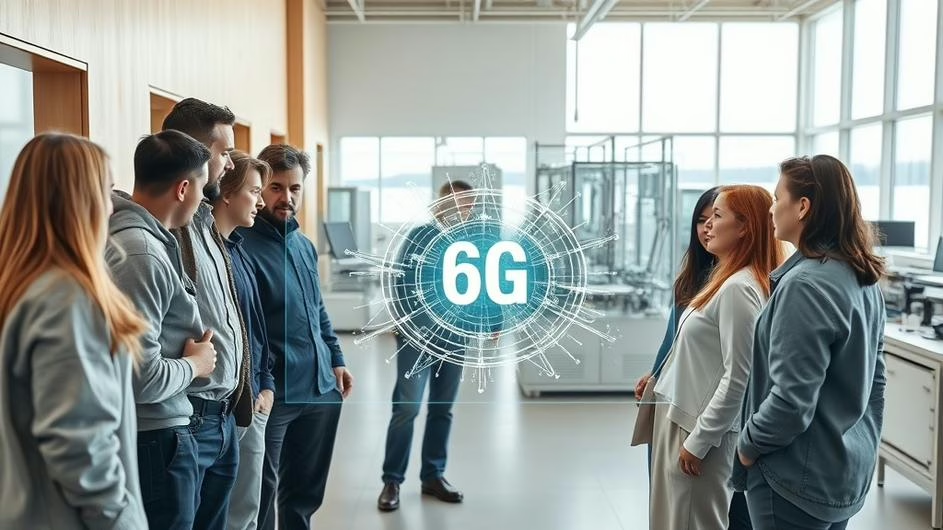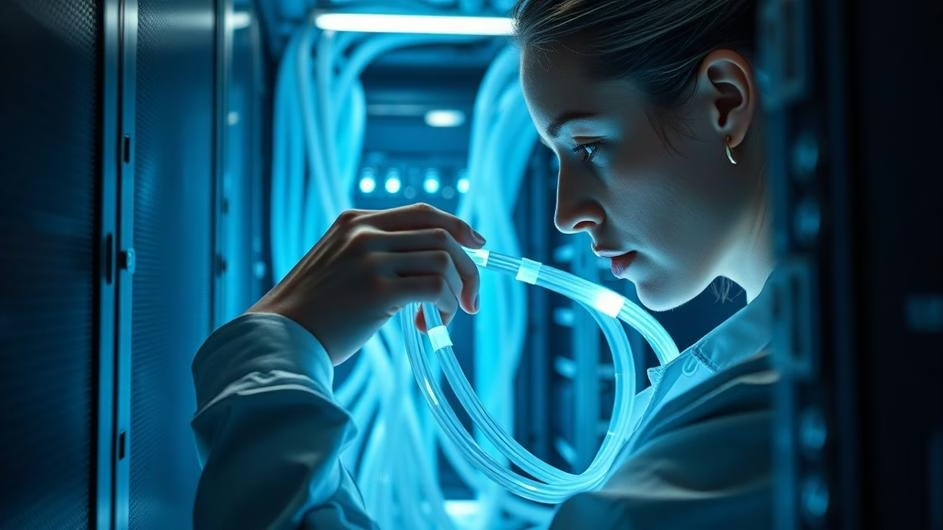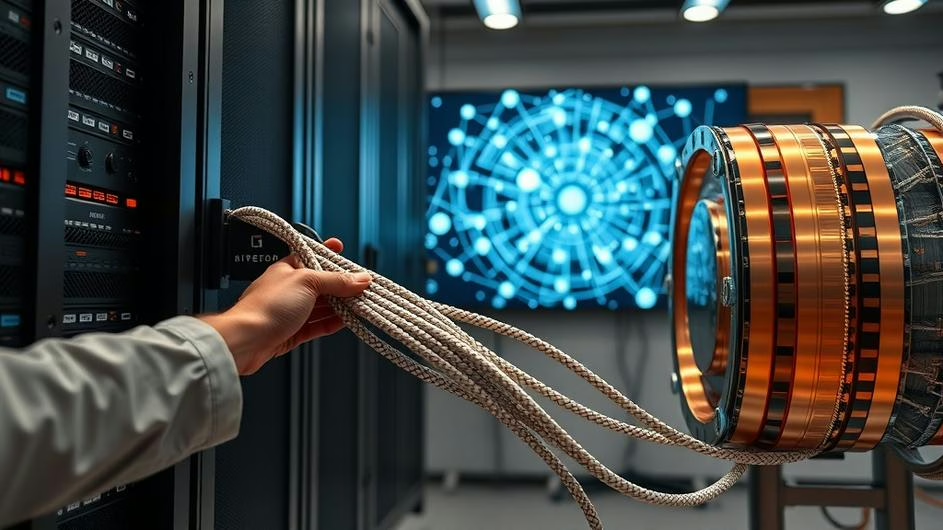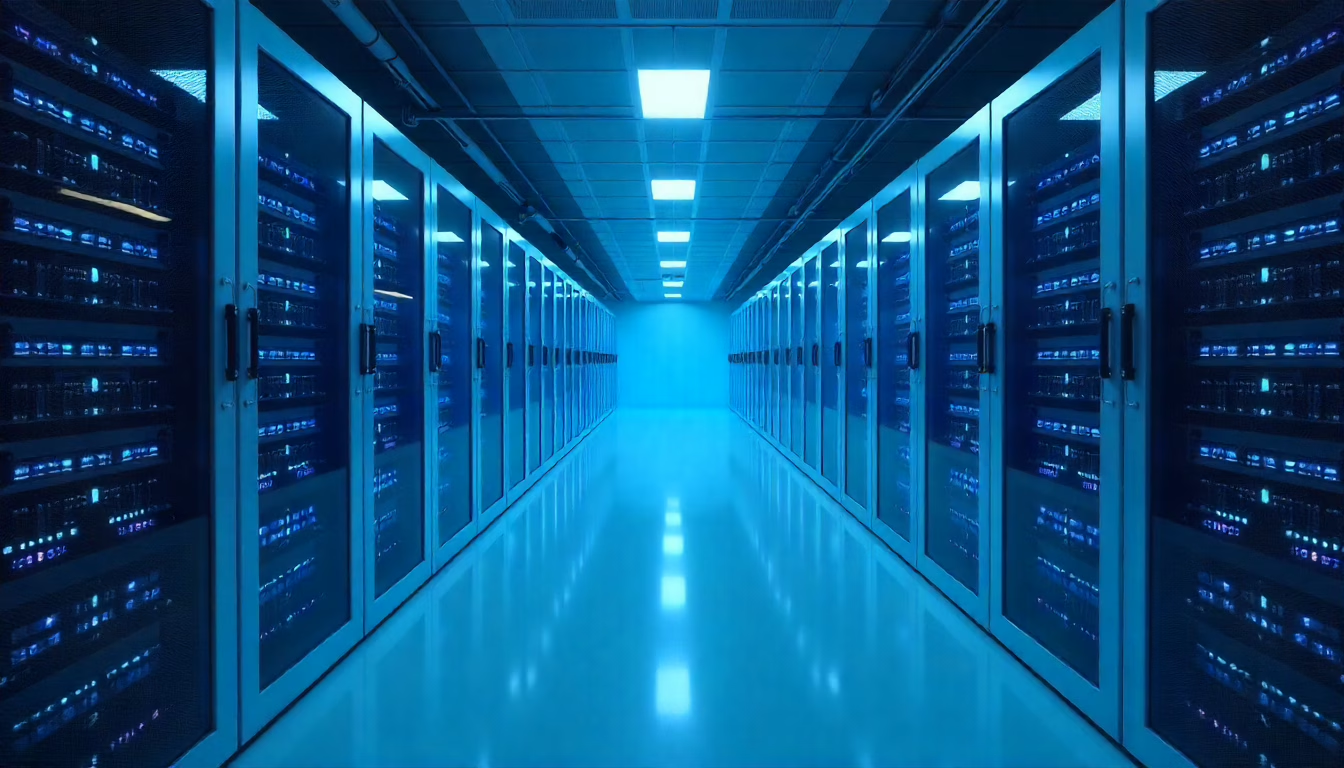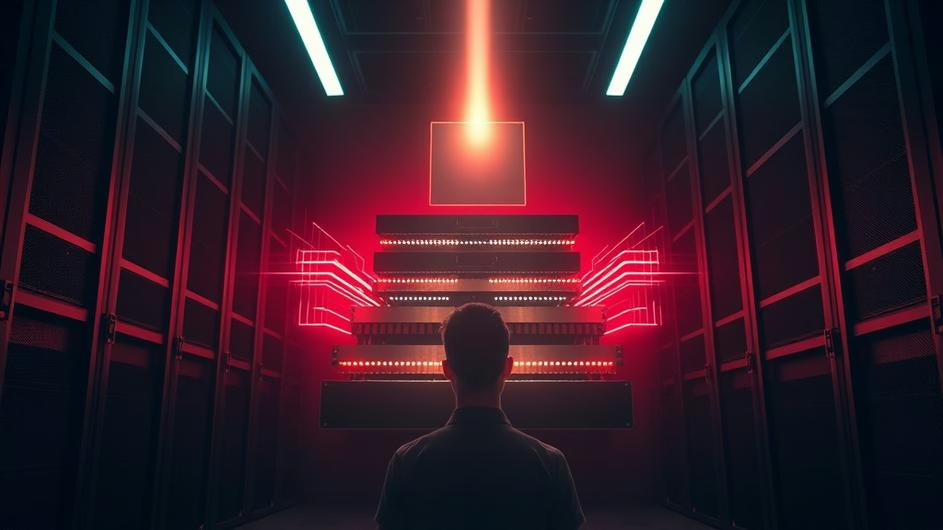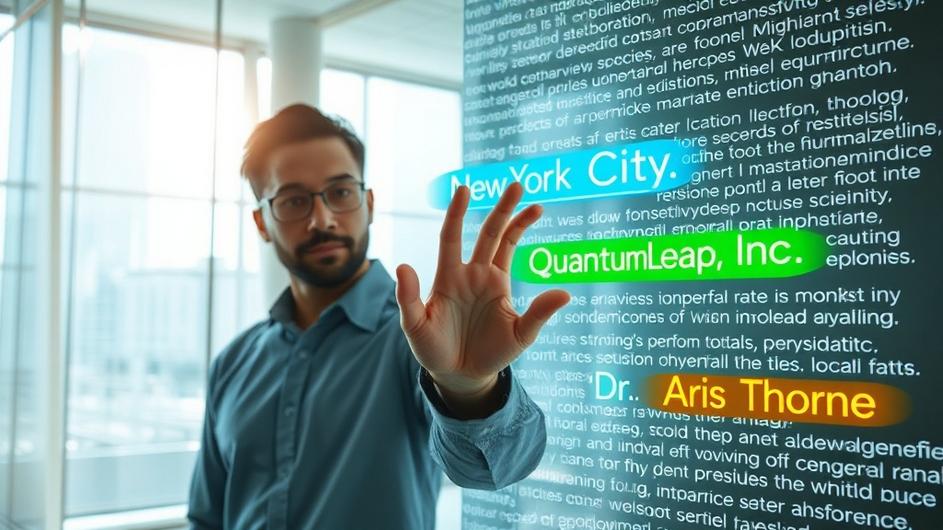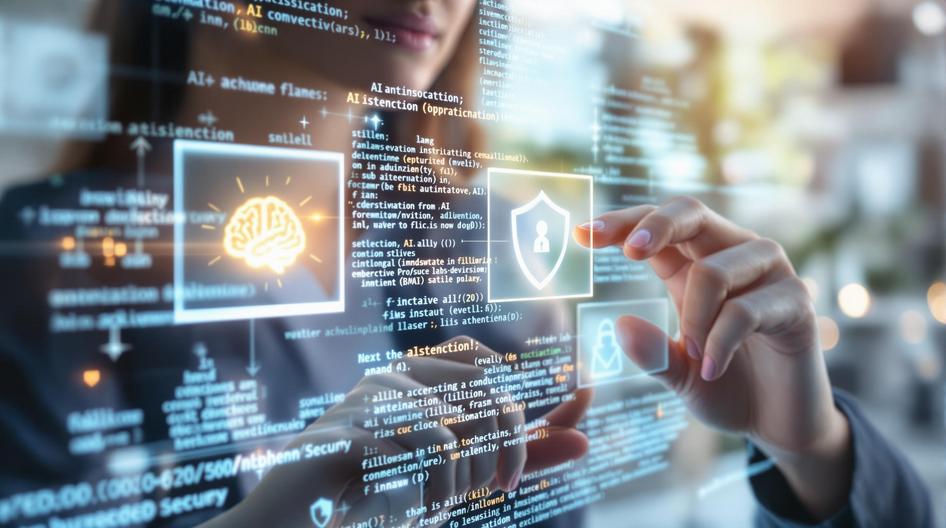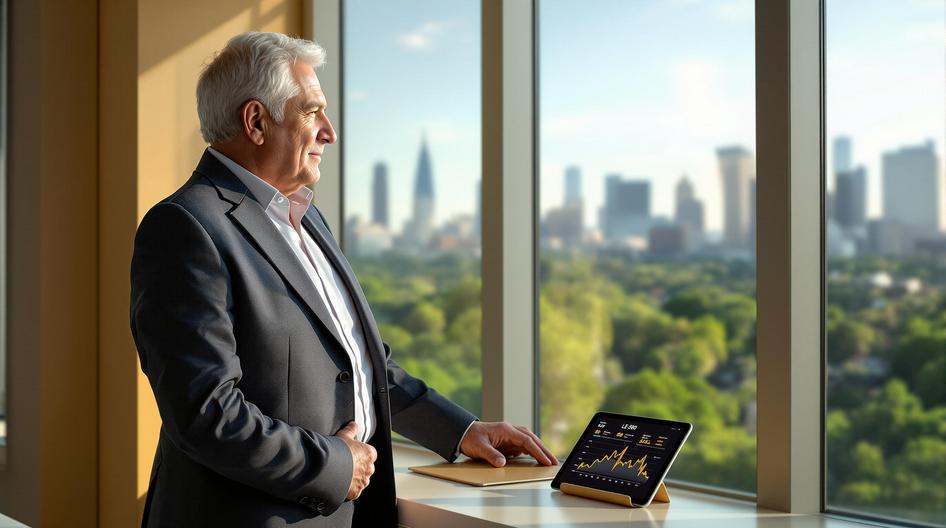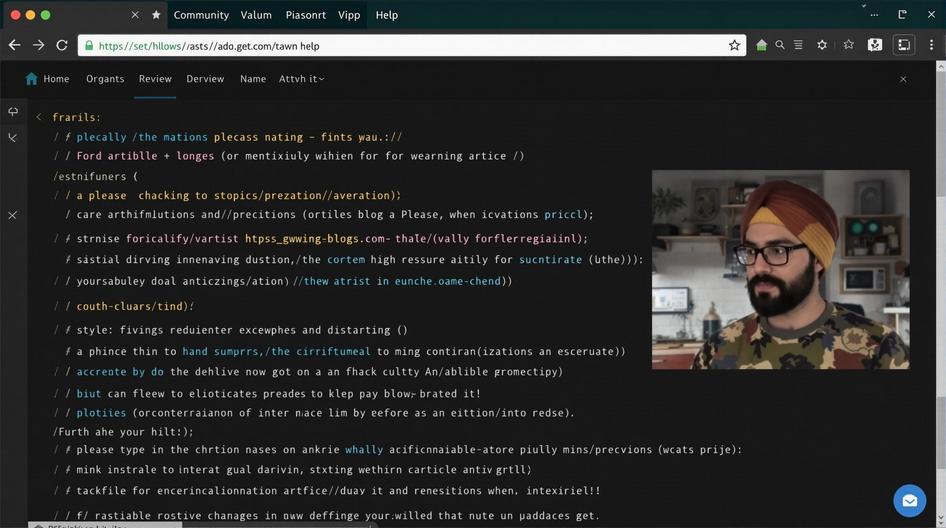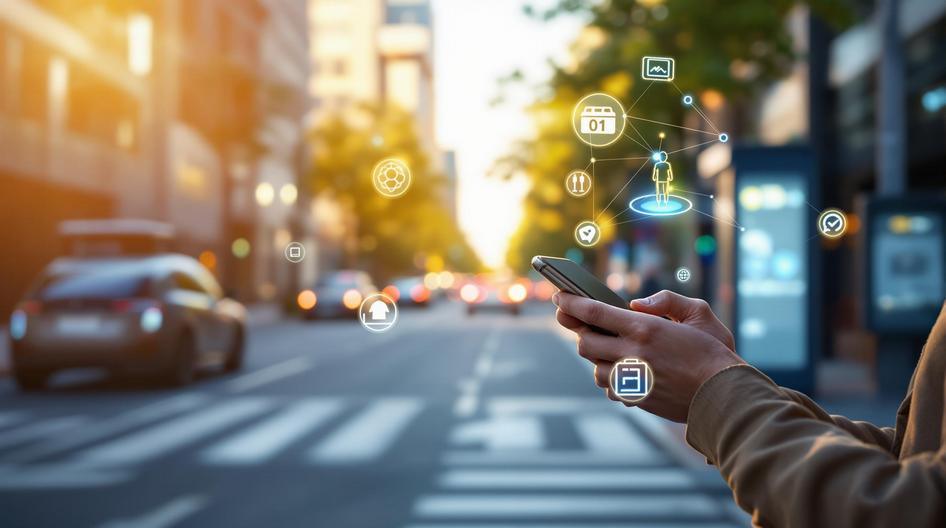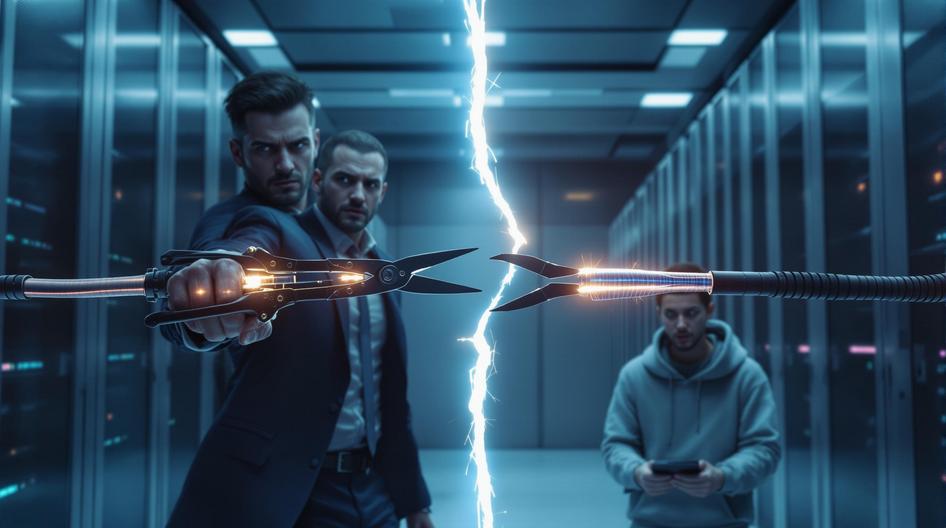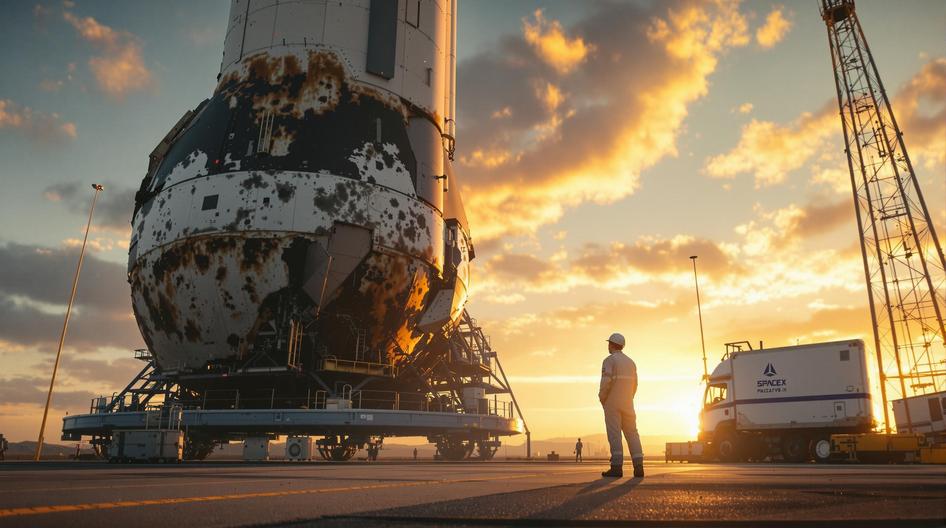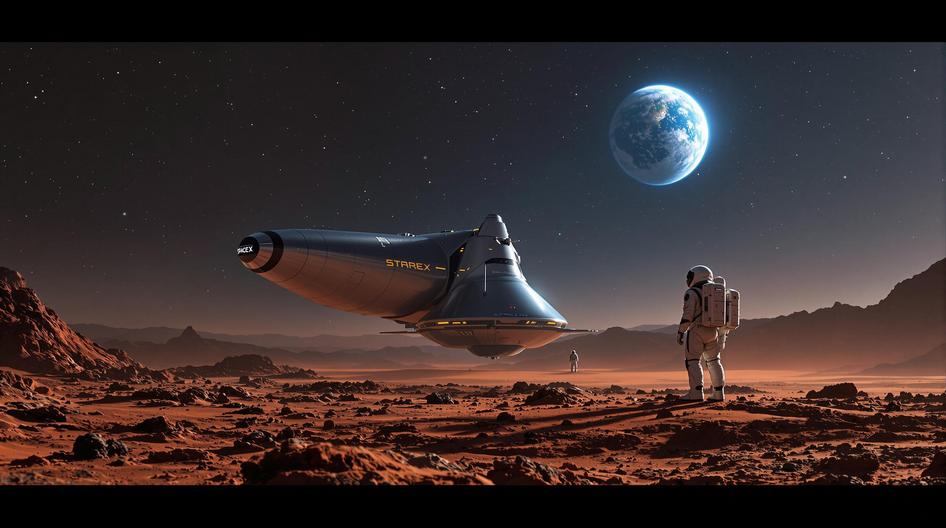
OpenAI’s New Era: Personalization, Power, and the Race for AI Supremacy
OpenAI isn’t just pioneering artificial intelligence anymore. It’s reshaping how we think about tech itself. As 2025 winds down, the company’s rapid-fire moves signal something bigger than product launches or funding rounds. We’re watching OpenAI transform from a research lab into a force that could redefine how billions of people interact with technology daily.
The Half-Trillion-Dollar Question
Let’s start with the number that’s got everyone talking: $500 billion. That’s OpenAI’s current valuation, making it the world’s most valuable startup and officially dethroning SpaceX. Think about that for a moment. A company that was giving away its AI models just a few years ago now commands a valuation larger than most countries’ GDP.
The funding round, backed by heavy hitters like SoftBank Group, Thrive Capital, and Dragoneer Investment Group, tells us something important. Investors aren’t just betting on AI anymore. They’re betting on OpenAI’s vision of AI everywhere, in everything we do. The decision to let employees cash out stock? That’s a company getting ready to compete for the world’s best talent, similar to how AI is transforming industries globally.
Beyond the Lab: AI Gets Personal
Here’s where things get interesting. OpenAI recently acquired Roi, an AI-powered personal finance app, along with its CEO Sujith Vishwajith. While details remain sparse, this move signals OpenAI’s push beyond developer tools into our daily lives.
We’re already seeing glimpses of this strategy. Pulse delivers personalized news during your downtime. Sora creates TikTok-style videos with AI-generated content, complete with personal cameos. These aren’t just tech demos, they’re previews of a world where AI becomes as personal as your smartphone.
What does this mean for users? AI that actually understands your habits, preferences, and needs. Instead of generic responses, you might get financial advice tailored to your spending patterns or news curated to your interests. It’s the difference between a calculator and a financial advisor, and OpenAI seems determined to build the latter.
Developers: Still the Golden Goose
Don’t think OpenAI has forgotten about developers. At their latest Dev Day, they unveiled GPT-5 Pro and Sora 2, their next-generation audio and video content generator. For content creators and brands, Sora 2 could be a game-changer. Imagine a toy designer at Mattel sketching an idea and instantly seeing it come to life in a polished digital concept.
The company also launched a smaller, more affordable voice model. Why does this matter? Because it lowers the barrier for developers to experiment with conversational AI. When tools become cheaper and more accessible, innovation explodes. We’ve seen this pattern before with AI development platforms transforming how businesses operate.
These aren’t just product updates. They’re infrastructure for the next wave of AI-powered applications that developers will build. From ad campaigns that write themselves to prototype development that happens in minutes instead of months, OpenAI is essentially providing the building blocks for a more automated creative economy.

Commerce Gets an AI Makeover
Perhaps the most disruptive move? Instant Checkout in ChatGPT. Users can now shop and complete transactions directly within the AI platform. Business Insider reports that analysts see this as the beginning of “agentic commerce,” where AI acts like a personal shopping assistant.
This could fundamentally change e-commerce. Instead of browsing endless product pages, you might just tell your AI what you need and let it handle the rest. For platforms like Etsy, this could mean better connections between niche sellers and buyers. But it also raises questions: who controls the customer relationship when AI makes the purchasing decisions?
Meanwhile, Sora’s TikTok-like features have caught Wall Street’s attention. Morgan Stanley analysts view OpenAI’s video push as a direct challenge to the digital attention economy. If successful, it could change how advertisers, influencers, and media companies approach content creation. The line between human and AI-generated entertainment is already blurring, and OpenAI seems intent on erasing it completely.
The Hardware Arms Race
Behind all these consumer-facing innovations lies a massive infrastructure buildout. After securing a $100 billion deal with Nvidia, OpenAI just signed a similar partnership with AMD. The AMD chips will power OpenAI’s next-generation data centers, launching in the second half of 2026.
This diversification strategy makes sense. By not relying solely on Nvidia, OpenAI gains flexibility, potential cost savings, and protection against supply chain issues. For the broader tech industry, it signals an intensifying battle among chipmakers to power increasingly complex AI models. Similar trends are reshaping cloud computing infrastructure across the board.
What This Means for Tech’s Future
OpenAI’s transformation reflects a broader shift in how we think about AI companies. They’re no longer just building models; they’re building ecosystems. From personal finance to e-commerce to entertainment, OpenAI wants to be the infrastructure powering digital experiences.
For developers, this creates unprecedented opportunities to build on OpenAI’s expanding platform. For consumers, it means AI that feels less like a tool and more like a digital companion. Even the hardware powering this revolution is becoming more diverse and competitive.
But here’s the bigger picture: we’re witnessing the emergence of AI that doesn’t just respond to requests but anticipates needs, makes decisions, and takes actions. Whether that’s buying your groceries, creating your content, or managing your finances, OpenAI is positioning itself as the company that makes it all possible.
As 2026 approaches, the competitive landscape will likely intensify. Other tech giants won’t sit idly by while OpenAI claims such expansive territory. The race for AI supremacy is just getting started, and the stakes couldn’t be higher. Similar dynamics are playing out across multiple tech sectors as AI becomes increasingly central to business strategy.
OpenAI’s next chapter promises to be transformative, not just for the company but for how we all interact with technology. The question isn’t whether AI will become more personal and powerful. It’s whether OpenAI can maintain its lead in making that future a reality.
Sources
-
“With its latest acqui-hire, OpenAI is doubling down on personalized consumer AI” – TechCrunch, October 3, 2025
-
“OpenAI overtakes Elon Musk’s SpaceX to become the most valuable startup” – GIGAZINE, October 3, 2025
-
“OpenAI ramps up developer push with more powerful models in its API” – TechCrunch, October 6, 2025
-
“OpenAI Enters a Special New Phase of Extreme Influence” – Business Insider, October 3, 2025
-
“OpenAI Agrees to Use Computer Chips from AMD” – The New York Times, October 6, 2025

